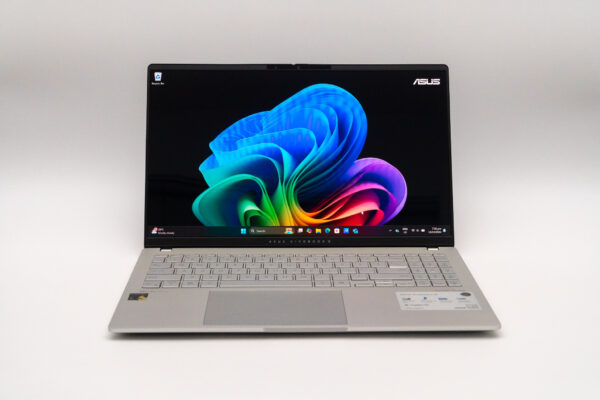
ASUS was among the initial 7 companies that launched laptops powered by Qualcomm Snapdragon X processors in June 2024. I’ve already posted about the Microsoft Surface Laptop 7 and Dell XPS 13 9345. Now it’s time to see what ASUS’ Vivobook S 15 brings to the table.
First, a quick side note. Qualcomm’s Snadragon X processors have been particularly interesting for their power efficiency while still being reasonable performant in general PC usage. AMD and Intel have both since launched newer generation processors. Intel’s new Lunar Lake processors also boast commendable power efficiency improvements compared to their previous generation. The Snapdragon X, however, continues to be a relevant contender and remains a viable option depending on one’s use case.
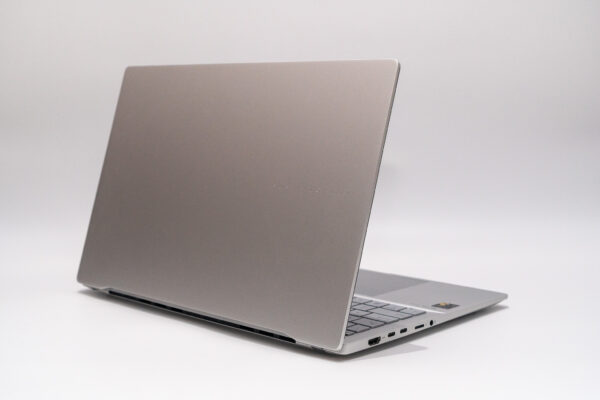
The ASUS Vivobook S 15 is a great-value, functional, workhorse PC for general use. Having used the Surface Laptop 7 and the XPS 13 9345 recently, which are both stunningly attractive in design and build, the Vivobook S 15 comes across as a little underwhelming. Please don’t get me wrong — there’s nothing fundamentally wrong with the Vivobook S 15’s design. It is a good-looking laptop, well-built, and does have a premium vibe.
If it’s any consolation, the Vivobook S 15’s understated design blends easily into a home or work environment. It might not be outstanding, but it also doesn’t have any polarising design elements that might not work for some people. The laptop is a little large because of its 15.6-inch display. Nevertheless, the 352.6 x 226.9 x 14.7~15.9 mm form factor and 1.42 kg weight surely cannot count as clunky.
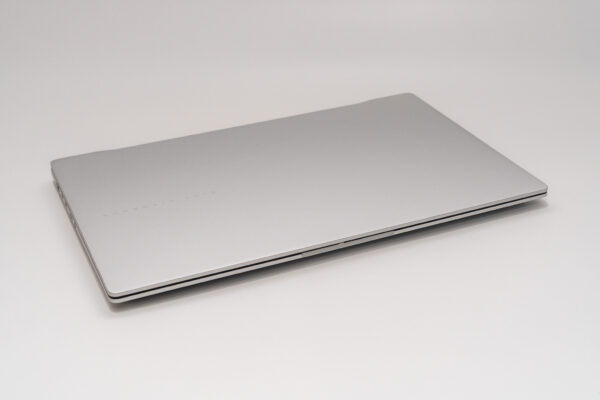
The aluminium construction allows the Vivobook S 15 to be light yet sturdy. It’s built to US MIL-STD 810H military-grade standard, so among other things, this laptop can take some rough handling.
The 15.6-inch glossy display is perhaps one of the highlight features of the Vivobook S 15. The 3K resolution (2880×1620 pixels, 16:9 aspect ratio) OLED panel with 0.2 ms response time and 120 Hz refresh rate is gorgeous.
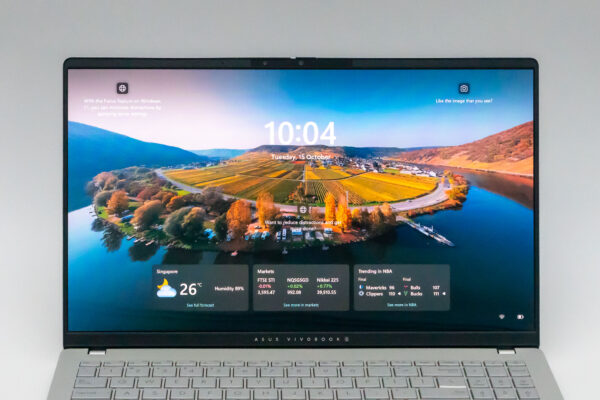
I am unable to run my Spyder5PRO colourimeter tests on the ARM platform. Nevertheless, ASUS’ specs list the display as having 600 bits of HDR peak brightness, 100% DCE-P3 colour gamut, and VESA Certified Display HDR True Black 600.
It is a pity that the Vivobook S 15’s beautiful display would not see benefits from gaming, since the Snapdragon X platform doesn’t have much graphics prowess. Still, you could enjoy movies better on this OLED panel.
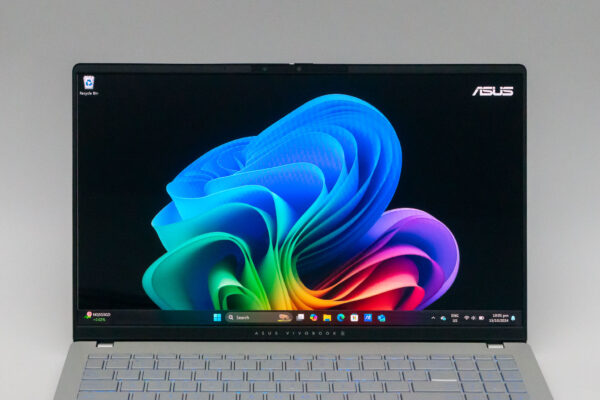
There is no touch support on this display. While it won’t be a showstopper for many people, it seems a little unfortunate that a modern Windows laptop, especially one bestowed a Copilot+ PC title, would not be touch-enabled.
Sitting atop the display is a Full-HD webcam with IR capabilities to support Windows Hello logins. It comes with a physical privacy shutter.
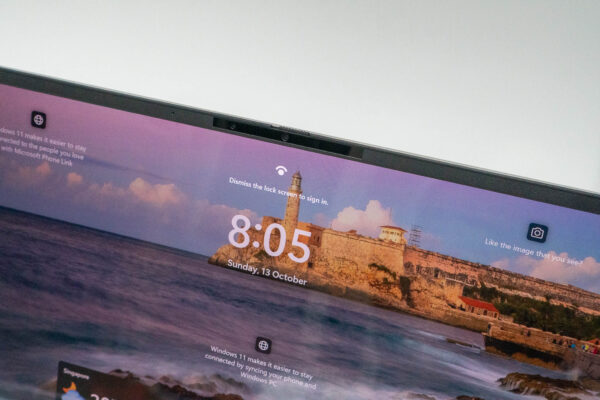
The keyboard has a somewhat industrious look and feel. The laptop is big enough to afford space for a dedicated number pad. This may be good for those whole do lots of number entry. The chiclet keys are backlit with 1-zone RGB colours. The keys have good tactile feel, and the 1.7 mm key travel is quite generous.
I found the typing experience on this keyboard to be good. I personally don’t like having number pads on laptop keyboard because they kind of throw off my orientation with respect to where the Delete key should be. The good thing, though, is that the keyboard has a perfectly standard layout, including proper inverted-T arrow keys, and with the dedicated number pad, you get to have all other navigation keys in the right places.
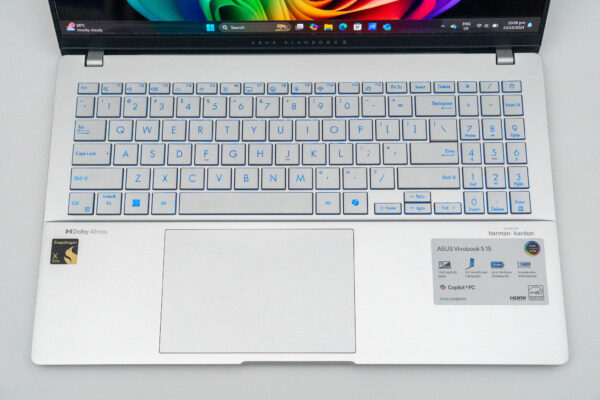
The touchpad is huge, just a tad over 6-inch diagonally across. Like with some recent ASUS laptops, the touchpad supports smart gestures to adjust display brightness and speaker volume directly, among other features. While not spectacular per se, I do like these better than the touchpad-integrated number pad that ASUS had put in many of their laptops two or three years ago.
The ports situation on the ASUS Vivobook S 15 is good. Starting on the left side, there is a HDMI 2.1 port, 2x USB 4.0 Gen 3 Type-C ports with power delivery and display support, a microSD card reader, and a 3.5 mm combo audio jack.
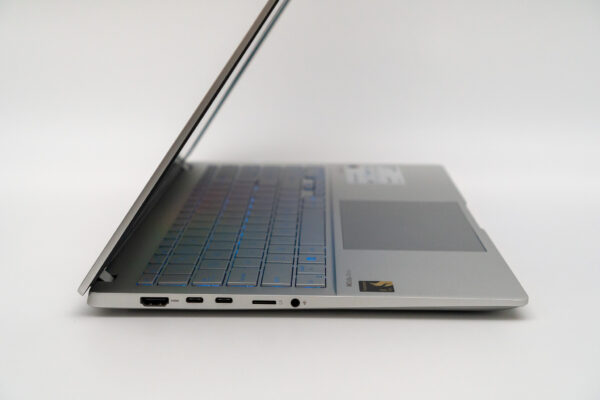
The right side has just 2x USB 3.2 Gen 1 Type-A ports. If I might gripe a little, I would have much preferred one Type-A and one Type-C USB port on each side, rather than how it is now having Type-C ports only on the left and Type-A ports only on the right.
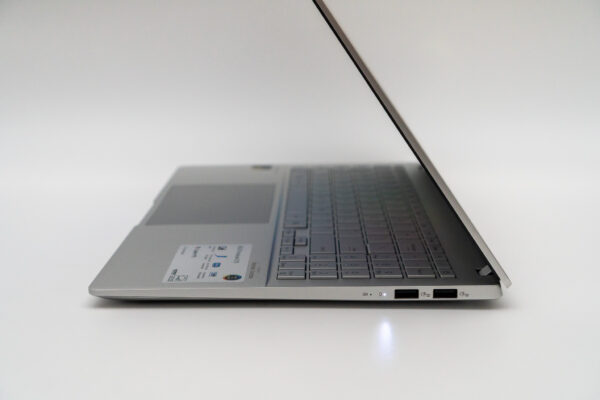
The ASUS Vivobook S 15 is offered with either a Snapdragon X Plus X1P42100 processor or Snapdragon X Elite X1E-78-100 processor, and either 16 GB or 32 GB of LPDDR5X memory.
For storage, you get a 1 TB M.2 PCIe 4.0 NVMe, which is replaceable. This is upgradable, with the M.2 slot accommodating a 2280 PCIe 4.0 x4 NVMe stick.
The laptop comes with tri-band Wi-Fi 7 and Bluetooth 5.4.
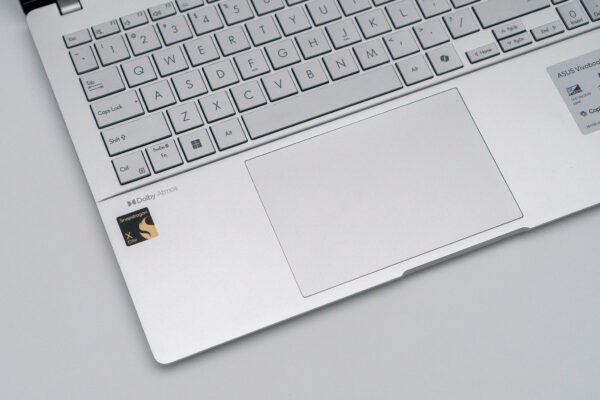
Let’s look at some benchmark scores. My review unit comes with the X1E-78-100 processor with 32 GB of RAM. With Geekbench 6, the Vivobook S 15 scored:
| Geekbench 6 | Battery, Balanced | Plugged-in, Best Performance |
| Single-core | 2408 | 2472 |
| Multi-core | 11691 | 14719 |
| Compute | 14994 | 20848 |
These scores are really good particularly in the plugged-in, best performance test, because the Vivobook S 15 actually outperformed the more powerful Dell XPS 13 9345 in multi-core and compute performance. In my earlier review of the Dell XPS 13 9345 which has a X1E-80-100 processor, the laptop scored 14384 and 20319 in the multi-core and compute tests respectively.
These are the Cinebench R24 benchmark scores:
| Cinebench R24 | Battery, Balanced | Plugged-in, Best Performance |
| Single-core | 107 | 107 |
| Multi-core | 946 | 958 |
The Vivobook S 15 best the more powerful Dell XPS 13 945 in the multi-core tests where the latter scored 910/925 (battery balanced/plugged-in best performance).
This seems to suggest that the petite Dell XPS 13 9345 was probably thermal throttled, whereas the ASUS Vivobook S 15 had more headroom for its lower-end processor to actually perform better.
The Snapdragon X Elite performs decently as advertised for general use. It’s integrated GPU is fairly weak compared with AMD and Intel’s processors, so it will not perform well in graphics-intensive apps such as gaming.
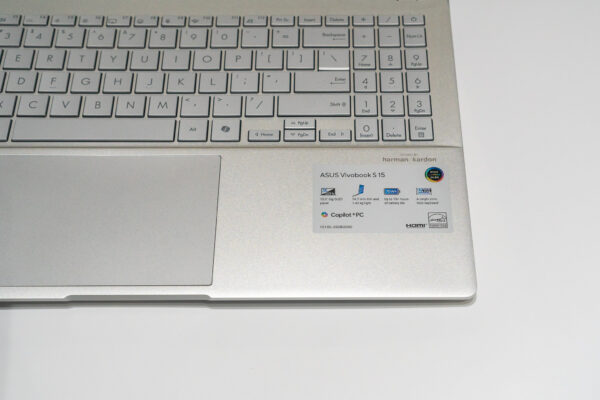
For my battery life test, I managed to stream 4K YouTube video on the ASUS Vivobook S 15 for 14 hours and 2 minutes. This is a long time for laptops in general, though I had expected the Vivobook S 15 to last longer with the much touted power efficiency of the Snapdragon X processors. The much smaller Dell XPS 13 9345 ran longer, for 14 hours and 28 minutes, so perhaps the Vivobook S 15 took a hit from having to drive a larger OLED panel. For comparison, the Surface Laptop 7 13-inch, which uses an IPS panel, ran for over 19 hours in the same 4K YouTube video streaming test.
Some users may be concerned about app compatibility issues when using a laptop with an ARM-based Snapdragon X processor. The good news is that most common x86-based Windows apps run just fine under Microsoft’s new Prism emulator, and in fact with decent performance to not be a hinderance. Yes, some games won’t run due to DRM and other low-level stuff they do, and sure you may have some issues with peripherals that require special device drivers. It will be prudent to do your research, but the good news is that most casual PC users shouldn’t have much to worry about.
My typical use case for a laptop is casual usage on-the-go. I have a desktop at home and at work, so my main priority for a laptop is mobility and long battery life. I’m good as long as the laptop has decent performance for general productivity work, emails, web browsing, entertainment, and social media. The ASUS Vivobook S 15 suits such a use case. It would have been nice for battery to last longer, but at 14 hours, it’s definitely enough for an entire day out without needing to connect to a power supply.
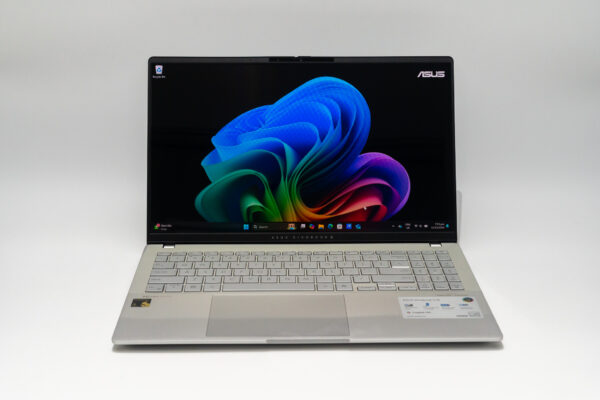
ASUS ships the Vivobook S 15 ships with a power adapter and a 3-in-1 backpack.
Retail pricing of the ASUS Vivobook S 15 starts at $1,799 for the X1P-42-100 processor with 16 GB RAM. For the configuration of my review unit (X1E-78-100 processor with 32 GB RAM), the retail price is $2,199.
2 thoughts on “ASUS Vivobook S 15”
View Comment Policy